The photographer Florian Rainer and journalist Jutta Sommerbauer document the stories of people from the war zone in their book Grey Zone: A Journey Between the Front Lines in Donbass [Grauzone: Eine Reise zwischen den Fronten im Donbass]. They have focused their research on the issues of personal positions in this conflict, the protection of individuality and future perspectives.
Grey Zone explores the new realities created by the militarised border. Everyday life is determined by improvisation, standstill and uncertainty, fear and melancholy, as well as people’s resilience and flickers of hope, mostly fuelled by the little things of everyday life. More to the journey here.
Kramatorsk is a city at the edge of the war. Only a few dozen kilometres further to the south everyday life has come to a halt. But not here. The stacks spew out smoke; workers trudge home from the machine factory, uphill across the grass verge; the internationals have stationed themselves in the city. They drive around in their white armoured jeeps along the straight streets lined with pale yellow workers’ barracks.
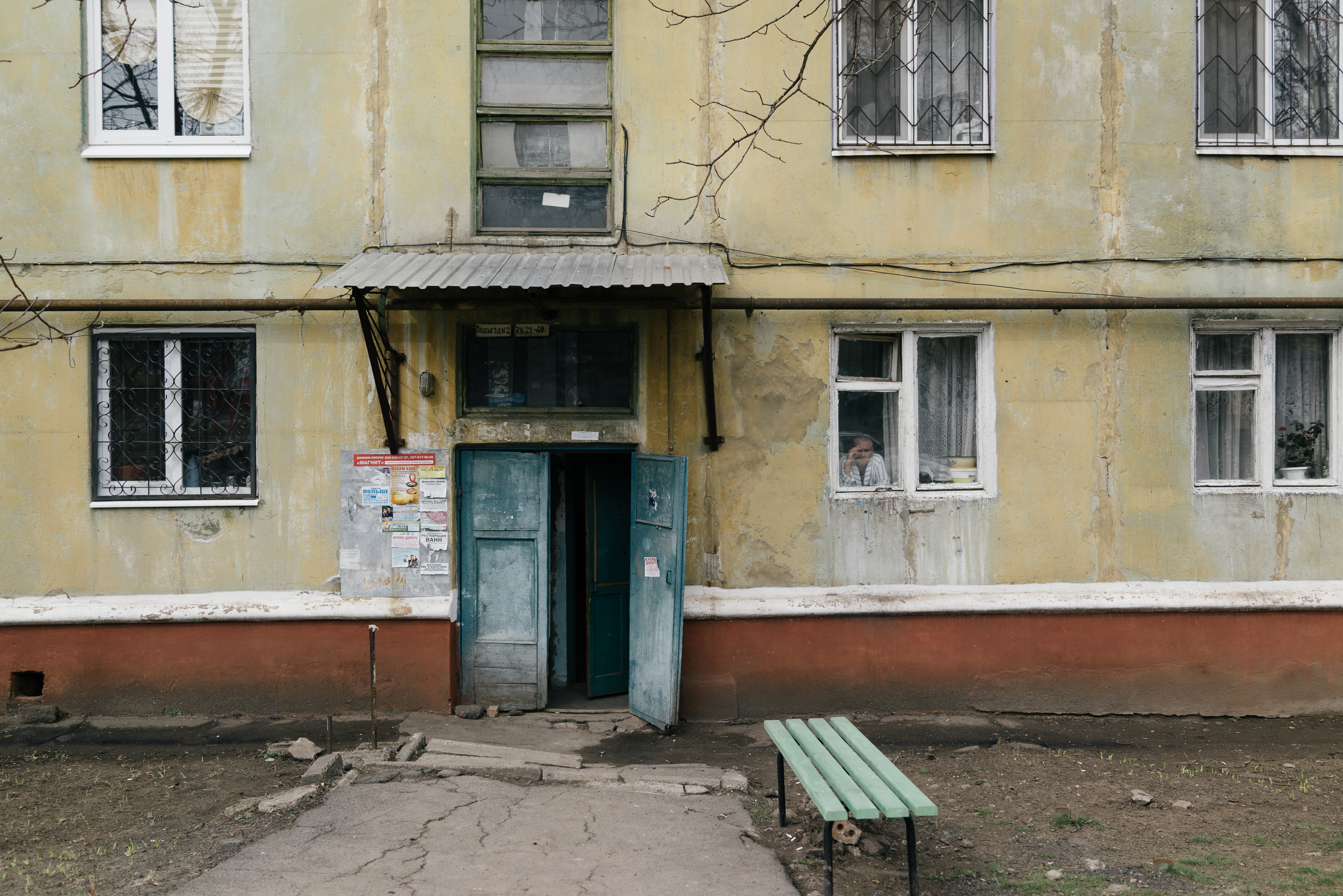
They have nicknamed Kramatorsk Crappytorsk or Kramadishu. The hostels have always been full since the conflict began and housing prices have exploded. Kramatorsk is a regional capital now: it’s what Donetsk used to be. The region’s official centre. Civil servants, businessmen and students have moved here.
Kramatorsk is a regional capital now: it’s what Donetsk used to be.
Kramatorsk is a regional capital now:
it’s what Donetsk used to be.
At the Alchemist bar located in an old Stalin-era building, expats drink Belgian beer, and the Top Boys, singer-songwriters from Slovjansk, pluck their guitars despondently – hipsters in a former Soviet cinema. The alternative scene meets in the Wilna Hata, a youth centre on the ground floor of a residential building, where they drink tea instead of vodka and where the city’s youth declaims love and boredom during poetry slams. On a market place, a young violinist is playing a tune: “I did it my way.” Kramatorsk – some call it the Berlin of Donbass.
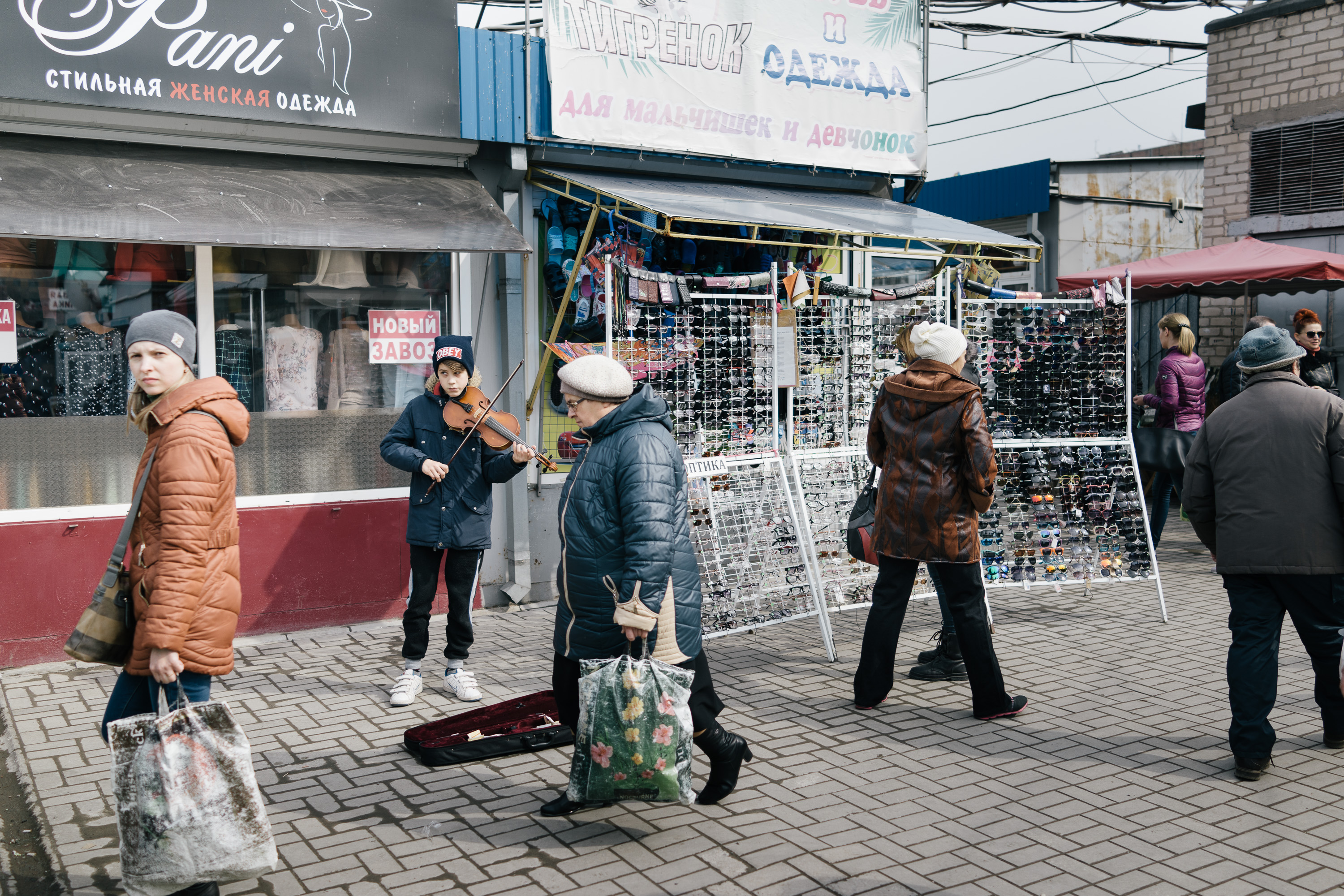
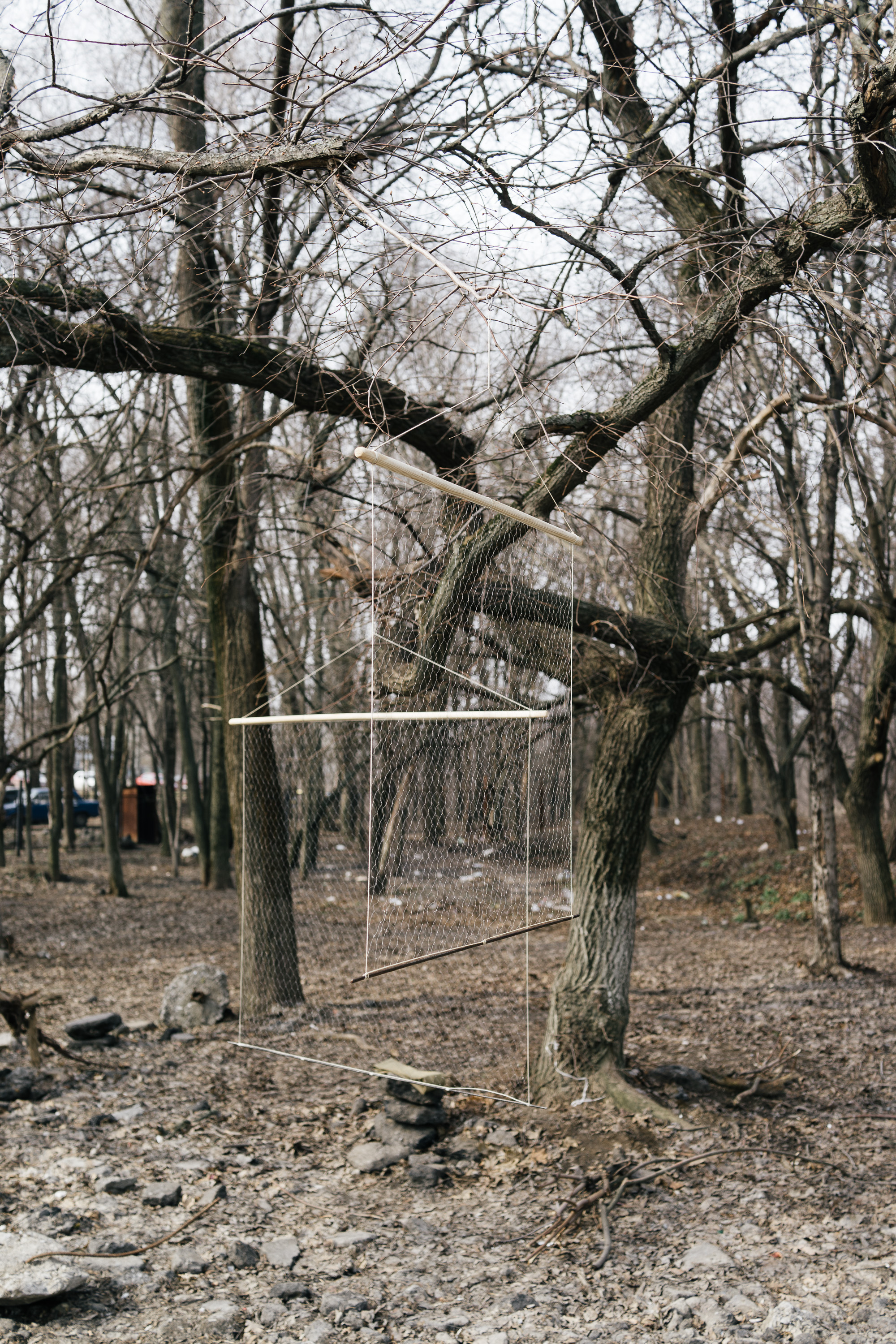
The Ukrainian army watches over the city like a rich booty that has fallen into its hands. The separatists were but a brief, frightening interlude in Kramatorsk; they withdrew to Donetsk in July 2014. There is little that still recalls their presence. On the outskirts of the village, the road leads up to the Lenin monument, of which only the pedestal remains in place. At the entrance portal someone has spray-painted the national flag in blue and yellow on the communist stones and the Stalin amphorae as if to mark their ownership. Underneath it, however, dried spray paint shows: the remains of the separatist’s tricolour in black, blue and red. A red trickle, like drops of blood.
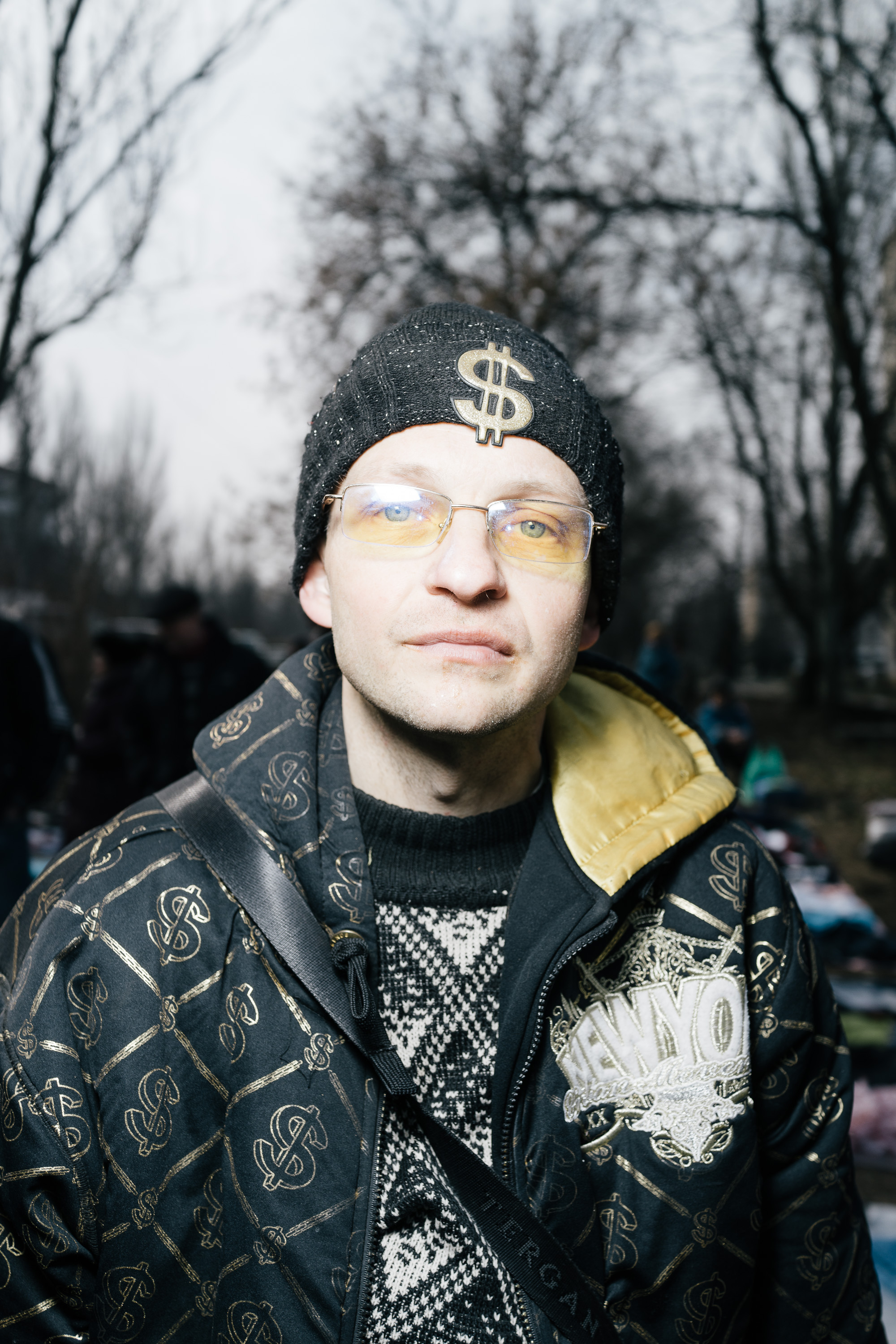
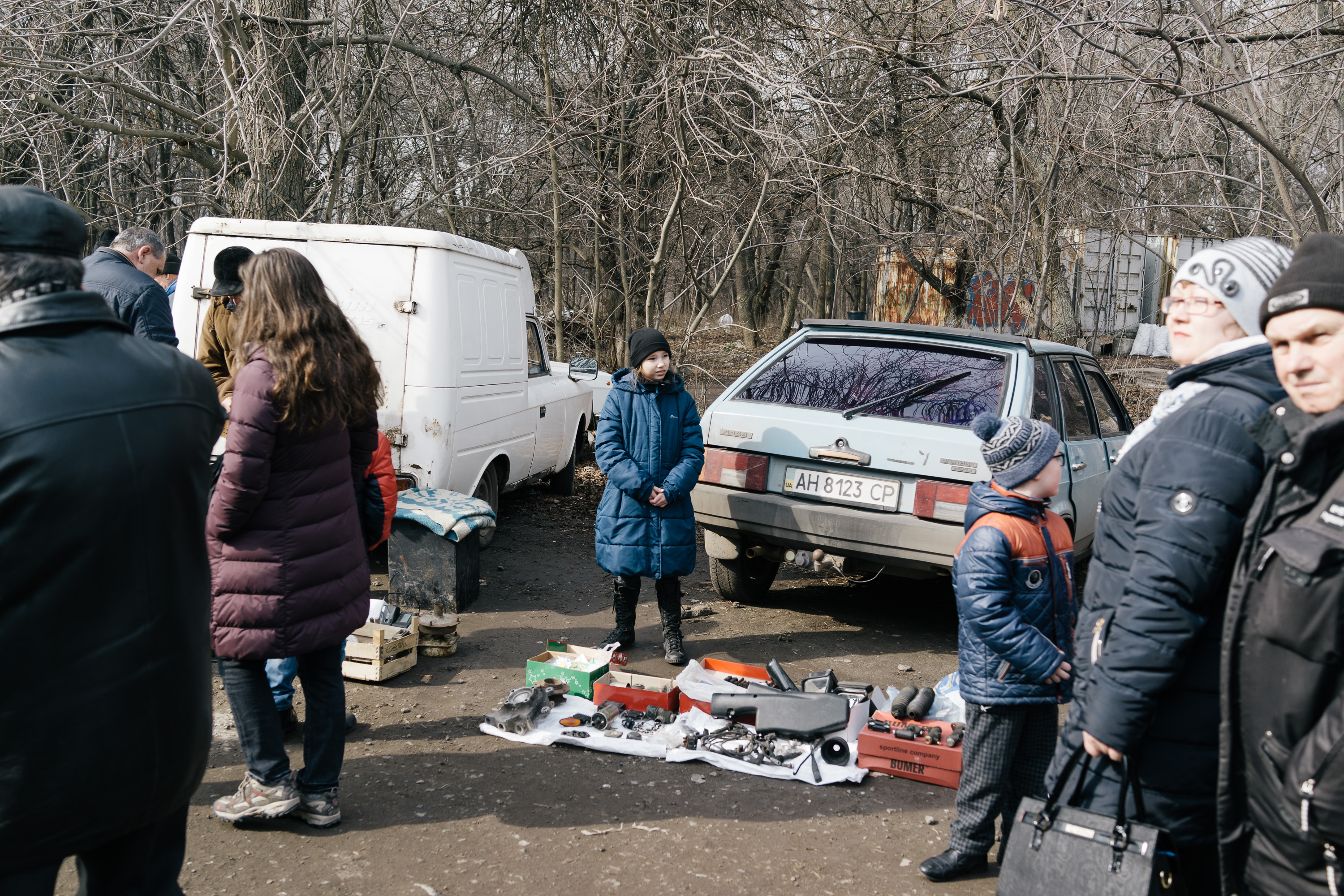
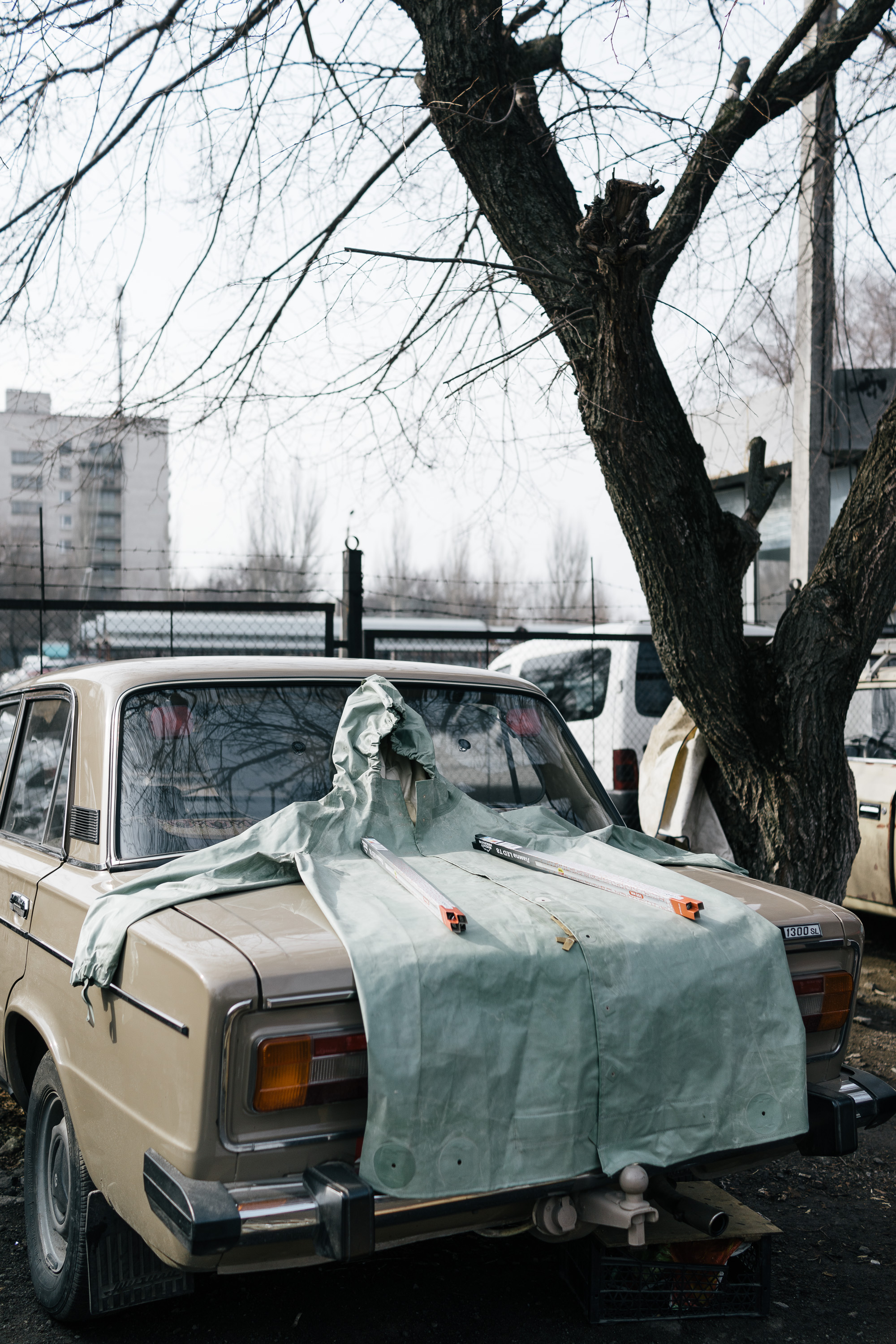
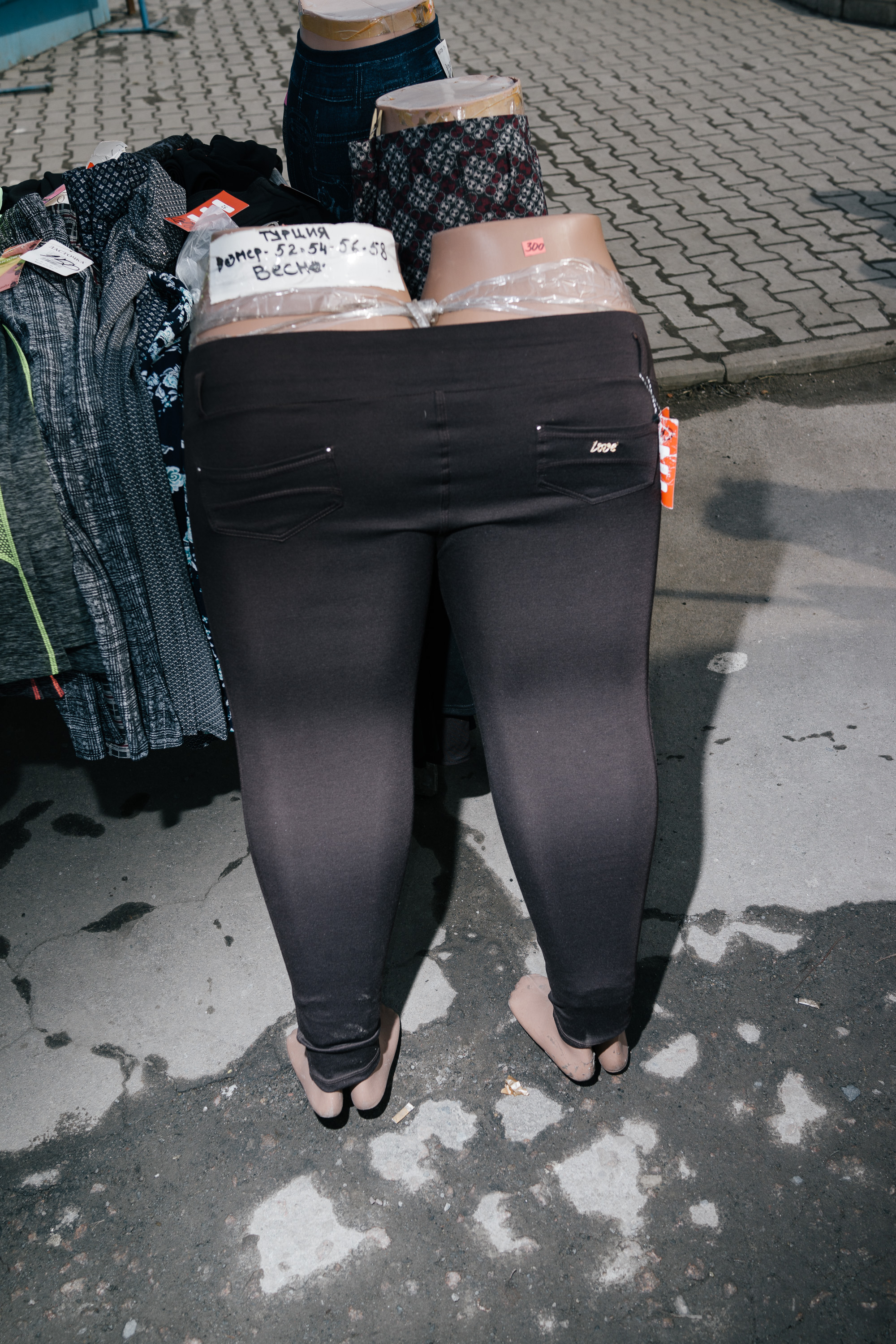
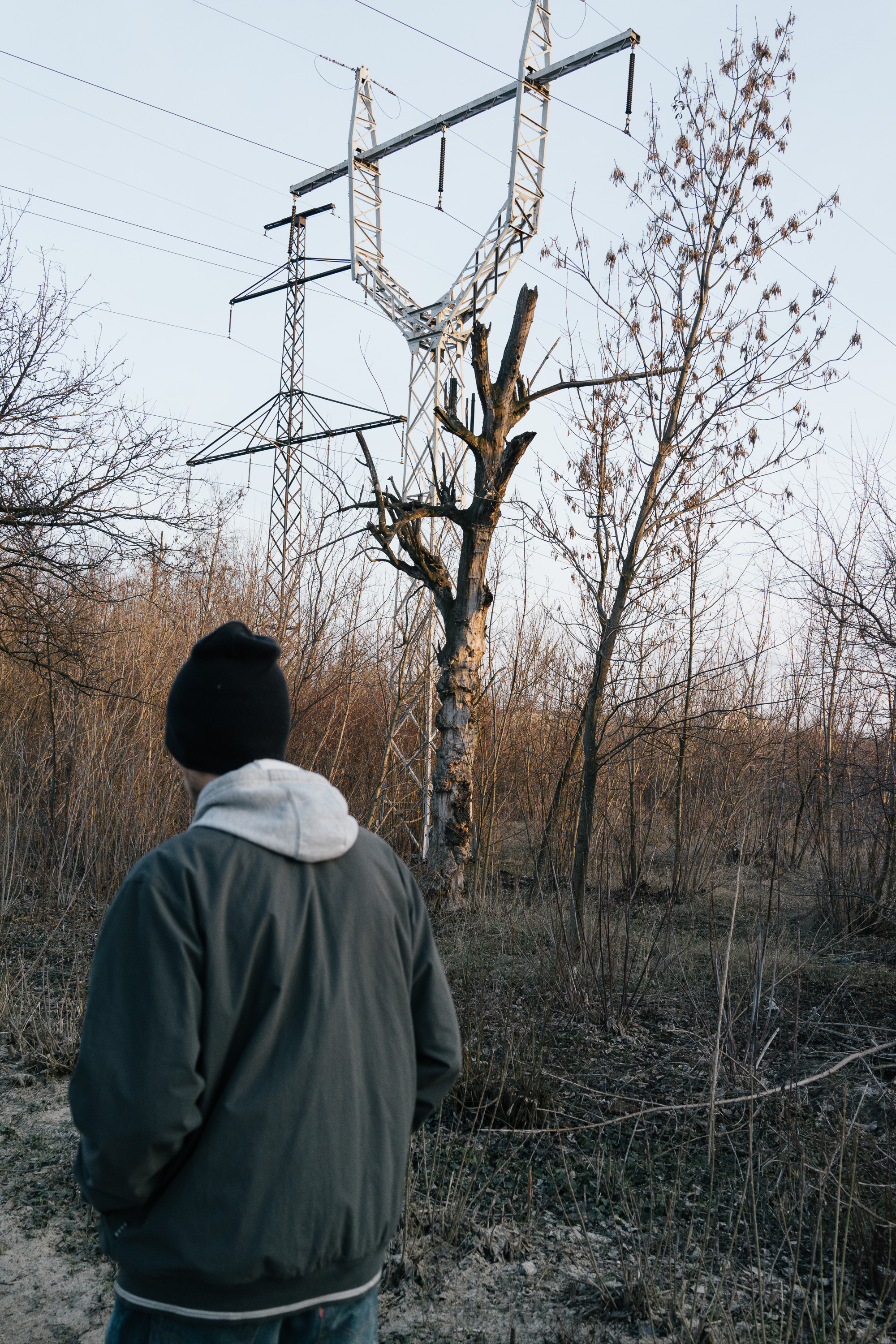
Original in German. Excerpt from the book Grauzone: Eine Reise zwischen den Fronten im Donbass [Grey Zone: A Journey Between the Front Lines in Donbass], published in April 2018 at bahoe books, Vienna. The research trips were made possible by funding from the Crossing Borders programme of the Robert Bosch Stiftung.
Translated into English by Barbara Maya.
This text is protected by copyright: © bahoe books / Florian Rainer, Jutta Sommerbauer. Imprint with courtesy of the publisher. If you are interested in republication, please contact the editorial team.
Cover picture and all photographs: © bahoe books / Florian Rainer.